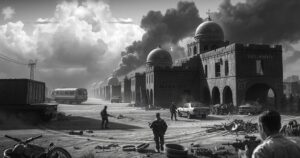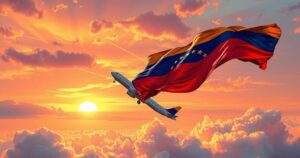North Korea’s Unprecedented Military Deployment in Ukraine

North Korea has dispatched 11,000 troops to Ukraine, of which 4,000 are reported to have died. This deployment includes elite special operations forces from the 11th Corps, marking the largest military engagement abroad in North Korean history. The conflict has underscored North Korea’s evolving role in global military dynamics, with significant repercussions anticipated.
North Korea has committed approximately 11,000 troops to the ongoing conflict in Ukraine, with reports indicating that around 4,000 of these soldiers have already perished. Deployed to Kursk under the guise of Russian soldiers and armed with falsified identification, these men primarily belong to elite special operations forces, known for their fervent ideology and superior training.
This deployment represents the largest foreign military engagement for North Korea since its inception nearly 80 years ago. Insights from Western intelligence, along with assessments from Ukrainian and South Korean agencies, reveal that many participants hail from the esteemed 11th Corps, also referred to as the Storm Corps, which specializes in infiltration, sabotage, and targeted assassinations.
The North Korean military’s intervention in Ukraine marks a significant escalation in its external military involvement. Historically, the regime has been characterized by isolationist policies; however, current engagements indicate a shift towards utilizing military assets for geopolitical maneuvers. By deploying specialized troops, North Korea aims to enhance its strategic positioning while testing its forces in an international conflict.
In summary, the North Korean military’s involvement in Ukraine is notable for both its scale and the caliber of forces deployed. As the situation evolves, the implications for both North Korea and the international community are profound. The losses sustained thus far reflect the potential costs of this military venture and raise questions about the long-term impact on North Korean foreign policy.
Original Source: www.scmp.com






